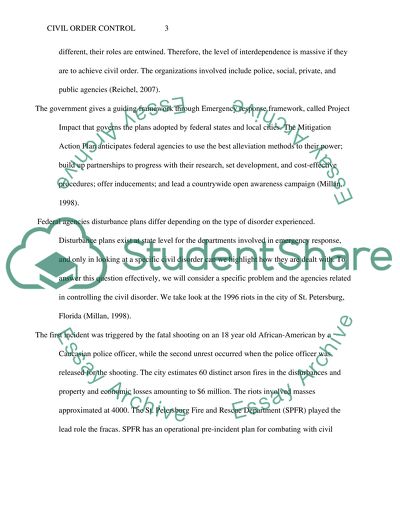Cite this document
(“Civil Order Control in the US vs. Other Nations Assignment”, n.d.)
Retrieved de https://studentshare.org/law/1453160-civil-order-control-in-the-us-vs-other-nations
Retrieved de https://studentshare.org/law/1453160-civil-order-control-in-the-us-vs-other-nations
(Civil Order Control in the US Vs. Other Nations Assignment)
https://studentshare.org/law/1453160-civil-order-control-in-the-us-vs-other-nations.
https://studentshare.org/law/1453160-civil-order-control-in-the-us-vs-other-nations.
“Civil Order Control in the US Vs. Other Nations Assignment”, n.d. https://studentshare.org/law/1453160-civil-order-control-in-the-us-vs-other-nations.


